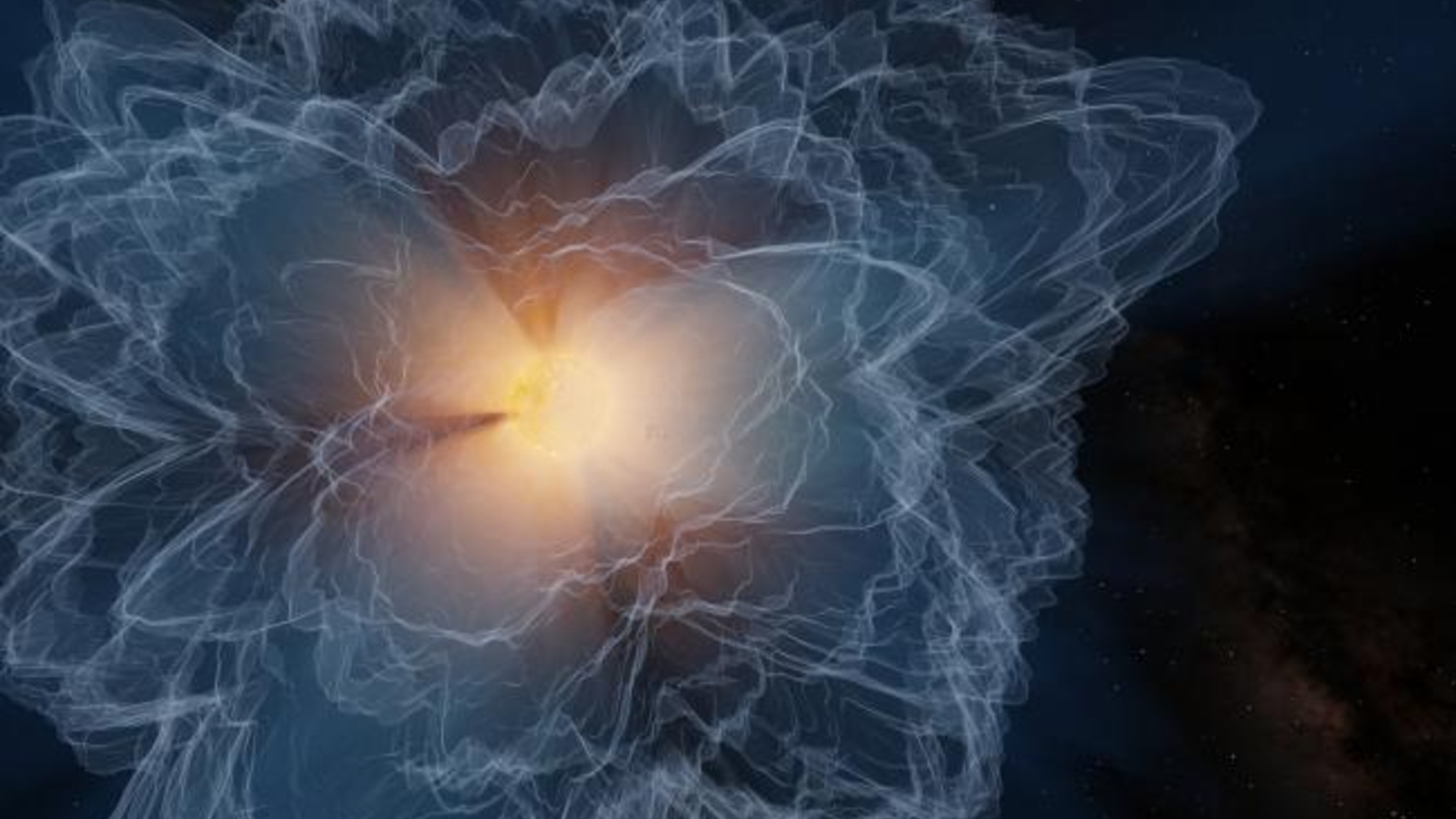Not all Mars spacecraft might need such deep cleaning, scientists find
We've learned that much of Mars isn't all that hospitable to life as we know it after all.

Mars-bound landers and rovers may not need to undergo quite such stringent cleaning procedures as they previously have before leaving Earth, a committee evaluating planetary protection measures has found.
Planetary protection is the art of trying to make sure that Earth germs don't establish a foothold on other worlds and vice versa. Since the 1980s, in the name of preventing such an invasion, spacecraft bound for places that scientists think may be hospitable to life as we know it must undergo rigorous cleaning procedures before blasting off. But when it comes to robots bound for the surface of Mars, NASA may be able to loosen its rules, scientists explain in a 55-page report developed by the National Academies of Sciences, Engineering and Medicine at NASA's request and released on Thursday (Oct. 7).
"Changes to planetary protection policies should be considered in the context of how much science has learned in recent years about Mars," Amanda Hendrix, a senior scientist at the Planetary Science Institute and co-chair of the committee that wrote the report, said in a statement.
Related: NASA Needs to Get With the Times When It Comes to Planetary Protection, Report Finds
The new report takes a purposefully narrow approach to planetary protection on Mars. The 15 scientists behind it don't worry about the possible arrival of Earth organisms. Instead, the team focused only on the possibility that Earth organisms could establish themselves in a way that might interfere with looking for life on Mars and the study of any such life that is found.
There are lots of ways for hitchhiking Earth germs to die on Mars, a world characterized by dramatic temperature swings, a scarcity of liquid water and an onslaught of ultraviolet radiation and high-energy particles called galactic cosmic rays.
"Because of this increased knowledge, NASA now has an opportunity to take a more nuanced and, in some cases, more permissive approach to reducing bioburden requirements for certain missions," Hendrix said. "However, caution is still warranted because we have a lot to learn about Mars, and about terrestrial life's survivability."
Breaking space news, the latest updates on rocket launches, skywatching events and more!
Despite the harsh Martian environment, there are some places on the Red Planet where life from Earth could make itself at home, the scientists wrote — for example, in a moist underground cave protected from the ultraviolet radiation that would scorch Earthly life on the surface of Mars. The deep surface of Mars, more than 3 feet (1 meter) below the surface, could also be prime for wayfaring microbes looking to survive.
With this in mind, planetary protection guidelines need to continue preventing such a scenario from unfolding, the report concludes. Spacecraft venturing inside caves or drilling deep below the surface still need to be ultraclean, the scientists wrote. And these sensitive areas additionally need "buffer zones" around them to prevent Earthly bugs from reaching them by chance or on a gust of wind.
There are other locations scientists want to be sure to keep pristine as well, like the ice caps at the Red Planet's poles, features known as recurring slope lineae that may be formed by water, and anywhere methane — a chemical long intriguing to Mars experts — is present.
So, while some spacecraft might not need to undergo quite such strict cleaning protocols, planetary protection guidelines aren't going to disappear any time soon, and scientists will need to continue evaluating the balancing act between exploring more easily and risking disaster.
"Planetary protection measures should be aimed at reducing risks while preserving, to the greatest extent reasonable, the prospect that important scientific goals can be realized," Joseph Alexander, a space policy consultant and co-chair of the committee, said in the National Academies statement.
NASA has been wrestling with how to approach planetary protection for a few years now. In 2019, an independent review board convened by the agency published its own accounting of planetary protection, although that report examined the entire scope of the field, the narrow lens that the new report uses.
"The landscape for planetary protection is moving very fast," Thomas Zurbuchen, associate administrator for NASA's Science Mission Directorate, said in a statement at the time. "We want to be prepared in this new environment with thoughtful and practical policies that enable scientific discoveries and preserve the integrity of our planet and the places we're visiting."
The new report highlights the challenges of working within current planetary protection requirements, which are based on maximum permitted spore counts. These counts are developed by tallying up the number of spores on a specific section of the spacecraft, then assuming the rest of the spacecraft is similar.
The scientists on the committee note that newer techniques may better reflect the actual risk, and that activities after arrival can also help clean the spacecraft, adding more complexity to the picture of planetary protection guidelines.
The report also notes two areas where planetary protection guidelines don't even exist: human missions to Mars and commercial missions to Mars that don't include any NASA involvement.
Email Meghan Bartels at mbartels@space.com or follow her on Twitter @meghanbartels. Follow us on Twitter @Spacedotcom and on Facebook.

Meghan is a senior writer at Space.com and has more than five years' experience as a science journalist based in New York City. She joined Space.com in July 2018, with previous writing published in outlets including Newsweek and Audubon. Meghan earned an MA in science journalism from New York University and a BA in classics from Georgetown University, and in her free time she enjoys reading and visiting museums. Follow her on Twitter at @meghanbartels.
